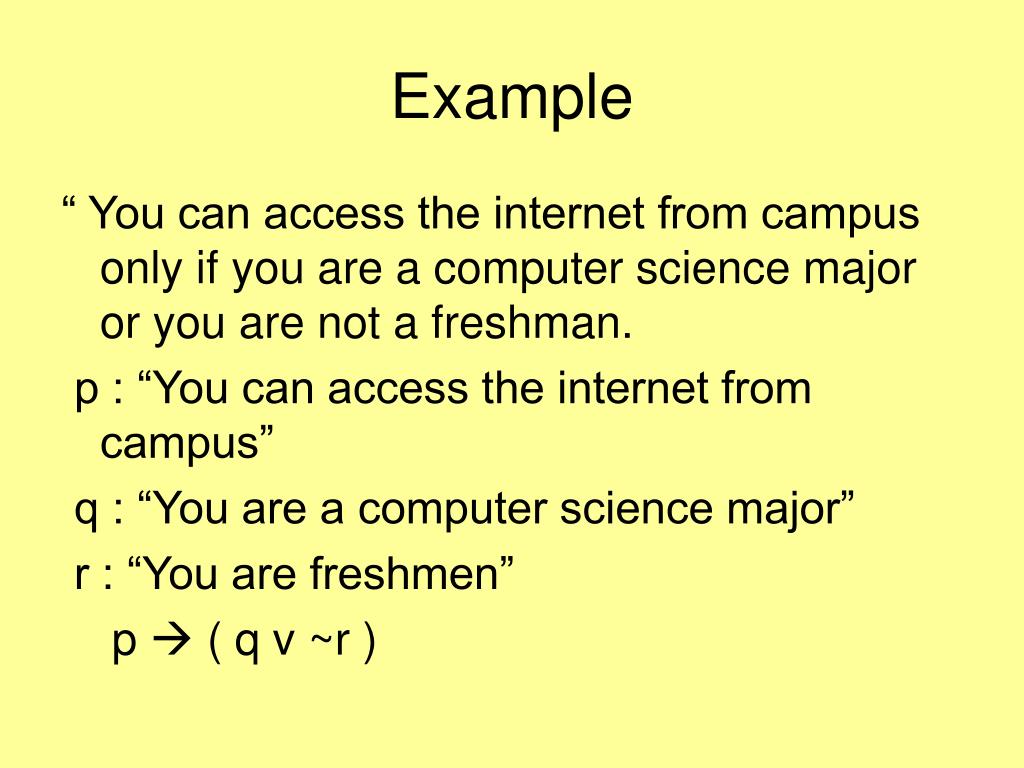

An example of this would be, "If a dog ate a whole meal, then it would be starving." In this case if P were true, Q would be false and the whole statement is false. Therefore, an if-then statement is wholly false if the consequent does not actually follow the antecedent.

The consequent must necessarily follow if the antecedent is true. In this example, P ("if it rains for an hour") is the antecedent, and Q ("the ground will be wet") is the consequent. For example, "If it rains for an hour, then the ground will be wet". If-then statements Ī simple logic statement is an implication (statement of the form "If P, then Q"). It introduces two new junctors: it is possible that and it is necessary that. One of these is predicate logic, which defines logical predicates, and looks at how they can be applied to arguments. There are other logic systems that build on propositional logic. These are joined together with the logical connective AND. That way, the proposition All cats are dogs and the earth is a disc is made of two propositions, All cats are dogs, and The Earth is a disc. Propositional logic only looks at the propositions and how they are connected, and does not decompose them. Propositions can be represented by capital roman letters such as P ). Each proposition has a truth value, being either true or false. The system is made of a set of propositions. Other names for the system are propositional calculus and sentential calculus. Propositional logic is a formal system in mathematics and logic.


 0 kommentar(er)
0 kommentar(er)
